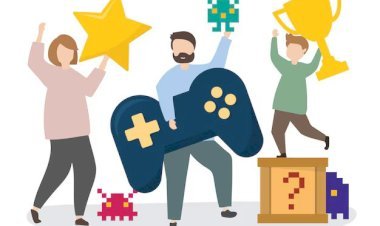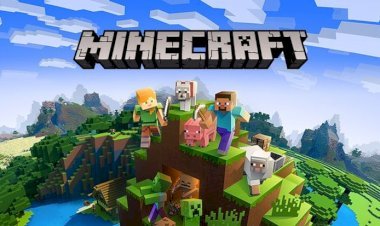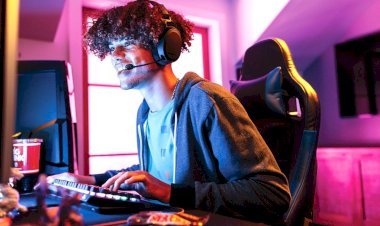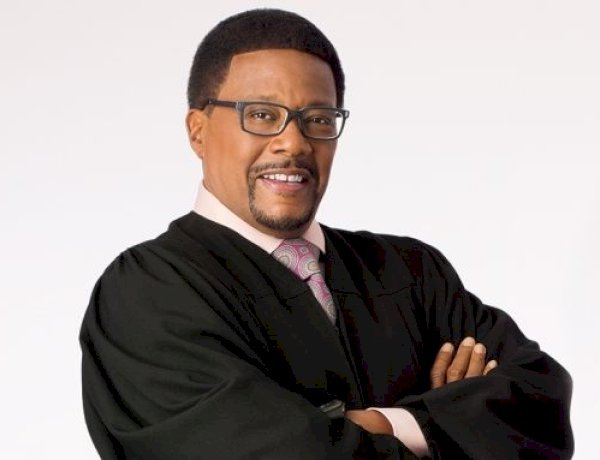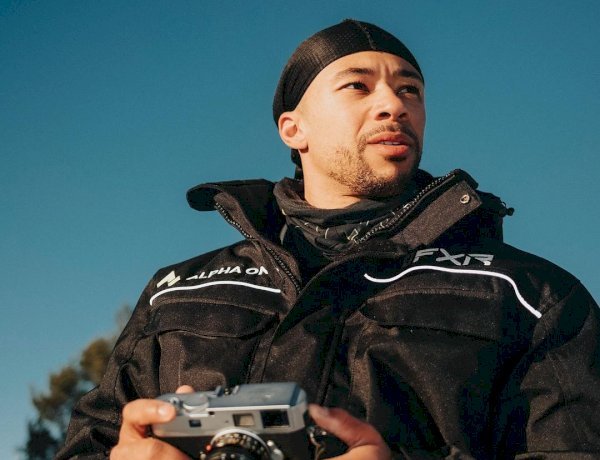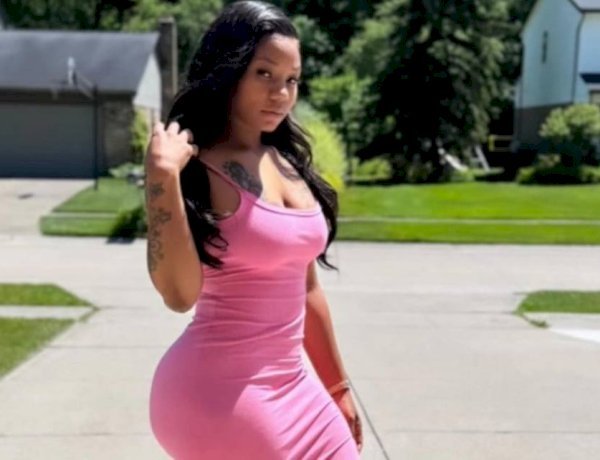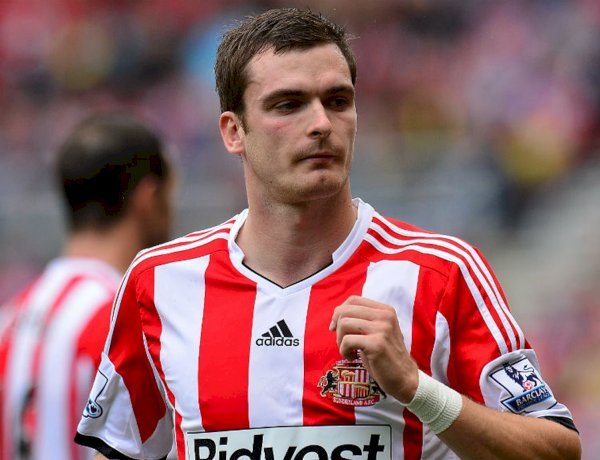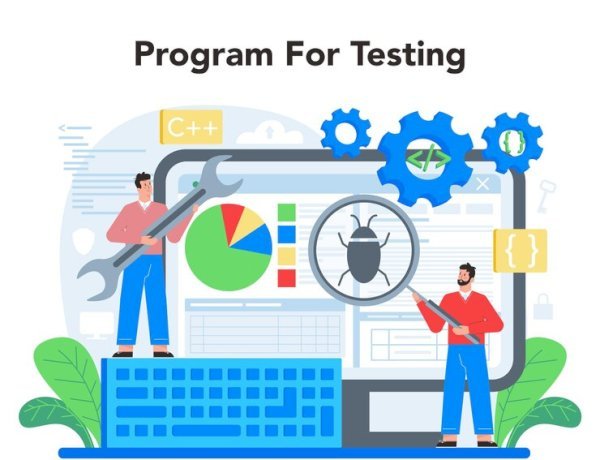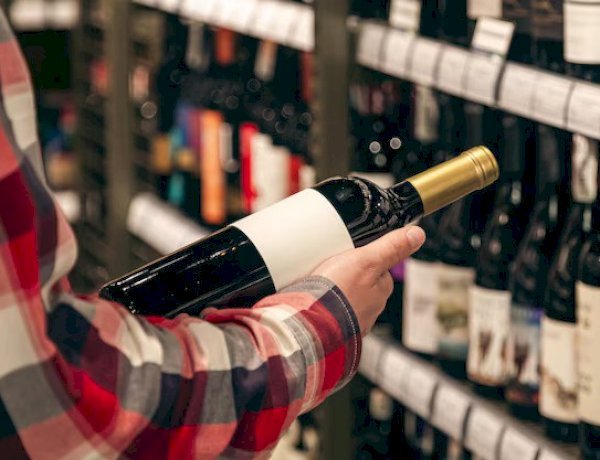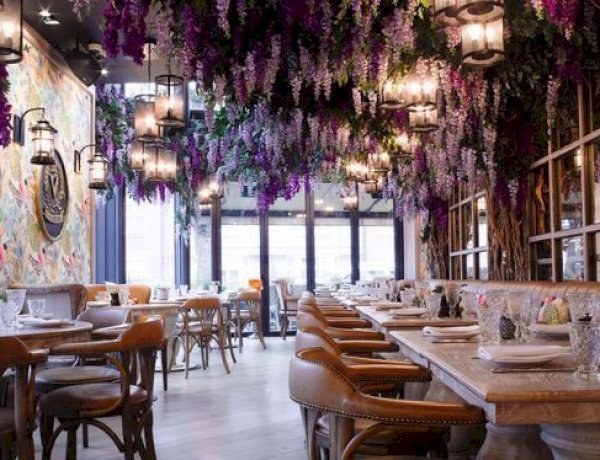The Story Behind Minecraft (2009) Icons and Banners: History, Evolution & Legacy
Discover the history of Minecraft (2009) icons and banners—from the original grass block logo to customizable banners introduced in version 1.8. Learn how they evolved, influenced gaming culture, and remain iconic today.
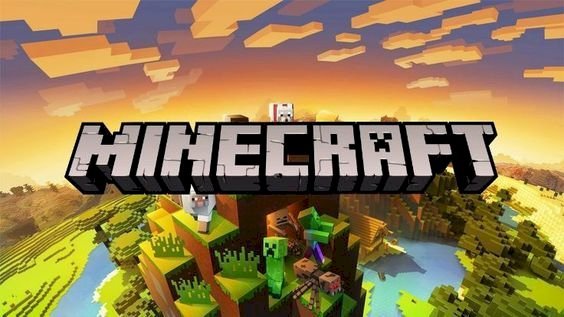
When Markus Persson (known as Notch) released Minecraft in May 2009, no one imagined it would grow into the best-selling video game in history. Its blocky, pixelated graphics were a stark contrast to the hyper-realistic visuals that dominated gaming at the time. Yet its sandbox freedom, infinite creativity, and community spirit gave it universal appeal.
At the center of Minecraft’s identity stood a simple image: the grass block icon. This cube of dirt topped with bright green grass was instantly recognizable and became the game’s visual signature. Later, in 2014’s Bountiful Update (1.8), banners were introduced—adding a new dimension of personalization and creativity.
This article explores the origins, evolution, and cultural significance of Minecraft’s icons and banners, showing how they went from simple textures to cultural symbols recognized worldwide.
Origins of Minecraft (2009) Icons
Why the Grass Block?
The grass block wasn’t chosen randomly. It was a deliberate design decision because it perfectly reflected Minecraft’s gameplay:
-
Simplicity and Accessibility: Players encounter grass and dirt within seconds of starting the game.
-
Symbolism of Creativity: The block could be mined, reshaped, and rebuilt, representing freedom of creation.
-
Instant Recognition: Even at small resolutions, the green-and-brown cube stood out as uniquely Minecraft.
Much like Nintendo’s Poké Ball or Zelda’s Triforce, the Minecraft grass block became a cultural shorthand for the entire game.
The Evolution of Minecraft Logos & Icons
Minecraft’s branding changed subtly over the years while keeping its nostalgic charm.
| Year | Logo/Icon | Key Details |
| 2009–2010 | Early Alpha Logo | Rough pixelated wordmark; grass block icon used for the launcher. |
| 2011 | Full Release Logo | Added the iconic Creeper face inside the “A.” |
| 2015–2017 | HD Refinements | Sharper outlines, cleaner shading, better texture resolution. |
| 2021–Present | Flat Modern Design | Launcher icons split between Java and Bedrock editions; streamlined look for digital platforms. |
This evolution shows Mojang’s philosophy: refinement without drastic redesigns, ensuring the brand remains familiar to longtime fans while staying fresh for new audiences.
When Banners Entered the Game
Banners were first introduced in Minecraft 1.8 (September 2014). Initially, they were purely decorative items, but their creative possibilities quickly captured players’ imaginations.
-
Crafting Recipe: 6 wool blocks (same color) + 1 stick = 1 blank banner.
-
Customization: Using dyes in the loom block, players could apply up to six layers of patterns.
-
Shield Integration (2019): In the Village & Pillage update, banners could be applied to shields, letting players carry their designs into battle.
-
Multiplayer Culture: On servers, banners became flags, clan symbols, and emblems of identity.
From the start, banners extended Minecraft’s theme of self-expression, turning a blocky world into a canvas for personal storytelling.
How to Create and Customize Banners
Crafting a banner is simple, but mastering the designs takes creativity.
-
Crafting a Banner: Combine 6 wool (same color) with 1 stick.
-
Using the Loom: Insert the banner and dye, then select a pattern.
-
Layering: Up to 6 designs can be stacked, including stripes, gradients, borders, and special emblems.
-
Applying to Shields: Place the banner and shield in a crafting table to merge them.
Popular Banner Designs
-
National Flags: Many recreate real-world flags to represent identity in multiplayer servers.
-
Creeper Face: A fan favorite, made using a Creeper head pattern.
-
Mojang Logo Banner: A rare hidden design, unlockable via special items.
-
Custom Clan Emblems: Multiplayer factions often design unique symbols to distinguish themselves.
Banners became not only decorative items but also tools for storytelling and community building.
Banners and Player Creativity
Banners often enhance builds by adding flair and identity. A medieval castle looks more complete with banners hanging from its towers, while a survival base feels more personalized when adorned with custom flags.
For builders seeking inspiration, these Minecraft house ideas show how banners can be paired with architecture to create unique styles. By combining banners with building projects, players turn simple designs into immersive creations.
Utility Builds: Creativity Beyond Decoration
Banners symbolize personal expression, but Minecraft is also about clever engineering. Players use redstone, water, and blocks to design mechanisms that make their worlds more functional.
A classic example is the Minecraft water elevator. Using water, soul sand, and magma blocks, players create vertical transport systems that allow quick and efficient travel.
Just as banners showcase style, builds like water elevators highlight ingenuity. Together, they illustrate Minecraft’s balance of art and engineering—where players can both decorate and innovate.
A Visual Timeline of Icons and Logos
-
2009: Grass block with rough pixel shading.
-
2011: Polished stone wordmark with Creeper integration.
-
2015: High-definition, sharper colors.
-
2021+: Clean, flat logos for launcher and marketing materials.
This timeline underscores Mojang’s ability to evolve visually while preserving nostalgia.
Minecraft’s Rise in Popularity
-
2010: 1 million registered users.
-
2011: 10 million players before full release.
-
2014: Mojang sold to Microsoft for $2.5 billion.
-
2021: Minecraft videos surpassed 1 trillion YouTube views.
-
2023: Surpassed 300 million copies sold, becoming the best-selling game ever.
-
2024: Maintains 173 million monthly active players globally.
This growth shows how a simple grass block icon helped brand a game that transcended gaming culture itself.
Pop Culture & Branding Impact
Why Minecraft’s Visuals Worked
-
Unique Pixel Identity: Stood apart in an industry focused on realism.
-
Merchandise Expansion: Grass blocks, Creepers, and banner motifs appeared on toys, clothing, and books.
-
YouTube Dominance: Banner tutorials and logo recreations fueled Minecraft’s rise as the most-streamed game in history.
Cultural and Educational Influence
-
Minecraft: Education Edition incorporates banners into history lessons, coding projects, and collaborative exercises.
-
Games like Roblox, Terraria, and Lego Worlds borrowed inspiration from Minecraft’s visual style.
Modding and Community Innovation
The community has always pushed Minecraft’s icons and banners further.
-
Texture Packs: Reimagine the grass block in HD, neon, or fantasy styles.
-
Banner Mods: Add more patterns, animations, and endless layers.
-
Marketplace (2017): Allowed creators to monetize skins, maps, and banner packs, reaching over 2 billion downloads by 2023.
Community content ensures that Minecraft’s visuals are always evolving.
Fun Facts and Easter Eggs
-
Creeper Origin: Created accidentally when a pig model’s code was flipped.
-
Rare Banner Patterns: Mojang and globe banners exist but require rare items.
-
Splash Texts: The title screen still rotates humorous and hidden messages.
-
Crossovers: Terraria’s dye system influenced Minecraft’s loom, and Minecraft banners inspired Terraria mods.
The Legacy of Icons and Banners
Minecraft’s icons and banners have transcended their in-game origins:
-
The Grass Block: A global symbol for creativity and simplicity.
-
Banners: A medium for personal expression and multiplayer identity.
-
Cultural Reach: Both have appeared in toys, memes, art, and soon, film.
This influence is set to expand even further with the upcoming Minecraft Movie. As the franchise steps onto the big screen, its iconic visuals—especially the grass block and banners—will reach an even wider audience, cementing Minecraft’s role as one of the most influential games in history.
Conclusion: From Pixels to Cultural Icons
From the grass block of 2009 to the custom banners of 2025, Minecraft’s visuals have always represented simplicity and imagination. The grass block icon captures the spirit of survival and creativity, while banners empower players to tell their own stories.
These visuals are more than just game assets—they are cultural touchstones, instantly recognizable worldwide. And as Minecraft continues to grow, especially with the upcoming movie on the horizon, its icons and banners will remain enduring symbols of creativity, exploration, and community.
FAQs: Minecraft (2009) Icons and Banners
Q1: Why is the Minecraft grass block iconic?
Because it represents the game’s essence—mining, survival, and infinite creativity.
Q2: When were banners added?
In September 2014, version 1.8 (The Bountiful Update).
Q3: Can banners be applied to shields?
Yes. Since the Village & Pillage update (2019), banners can be merged with shields.
Q4: How has the logo changed since 2009?
It has become sharper and more polished, but the grass block and Creeper details remain central.
Q5: What role do banners play in multiplayer?
They serve as emblems, flags, and symbols of identity for factions and guilds.
Q6: How do mods expand icons and banners?
Mods add animated banners, new textures, and endless customization possibilities.




